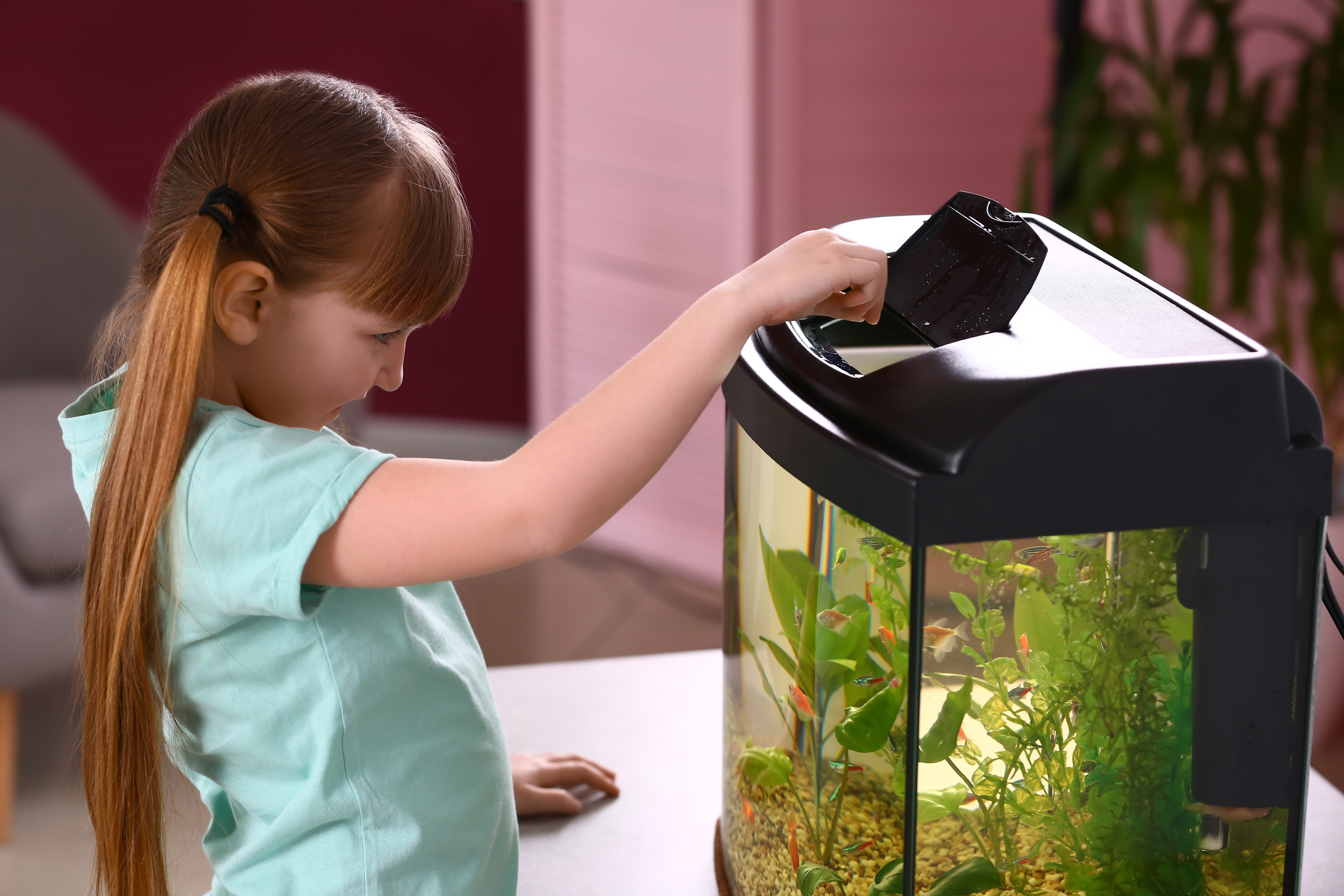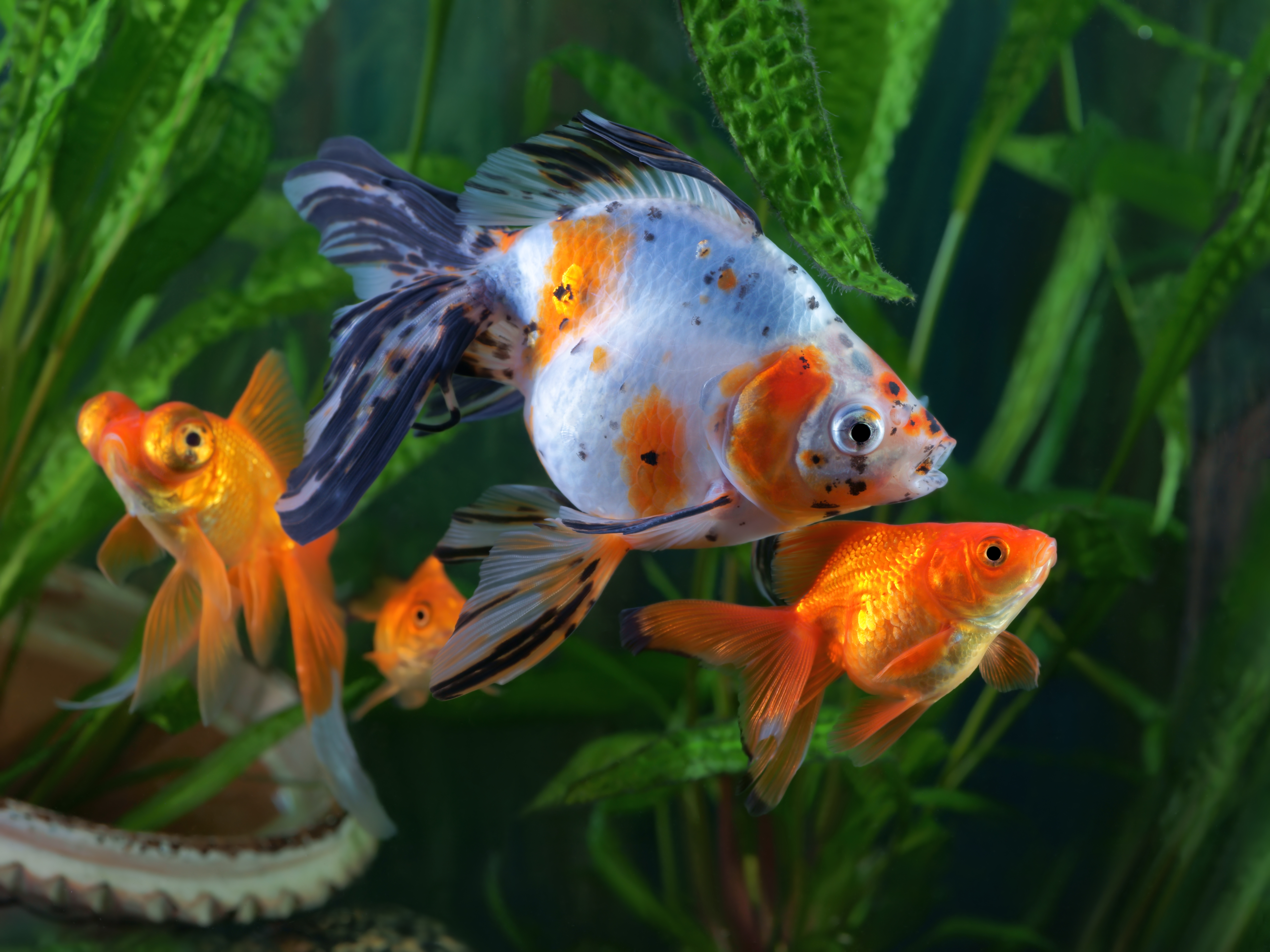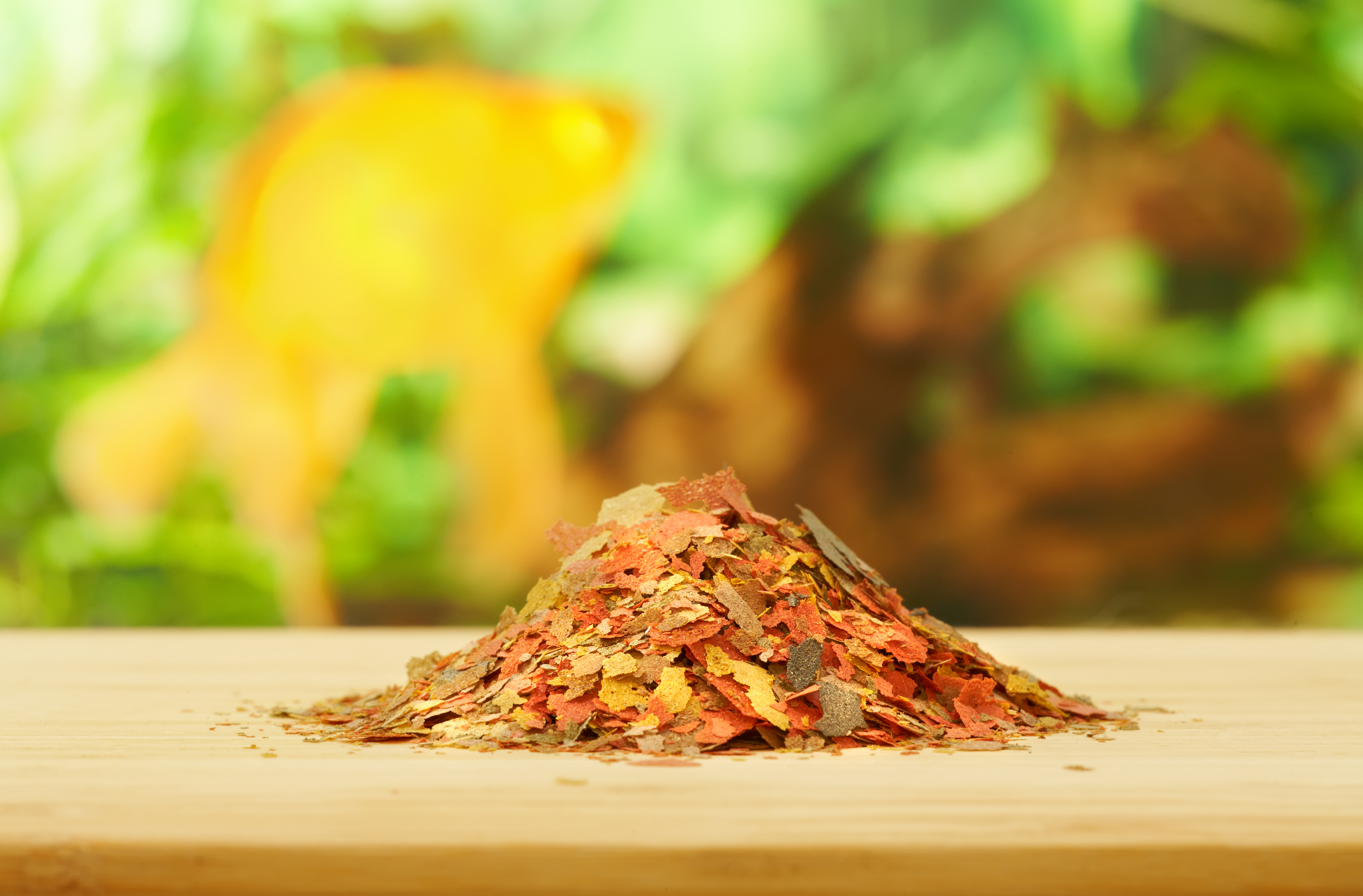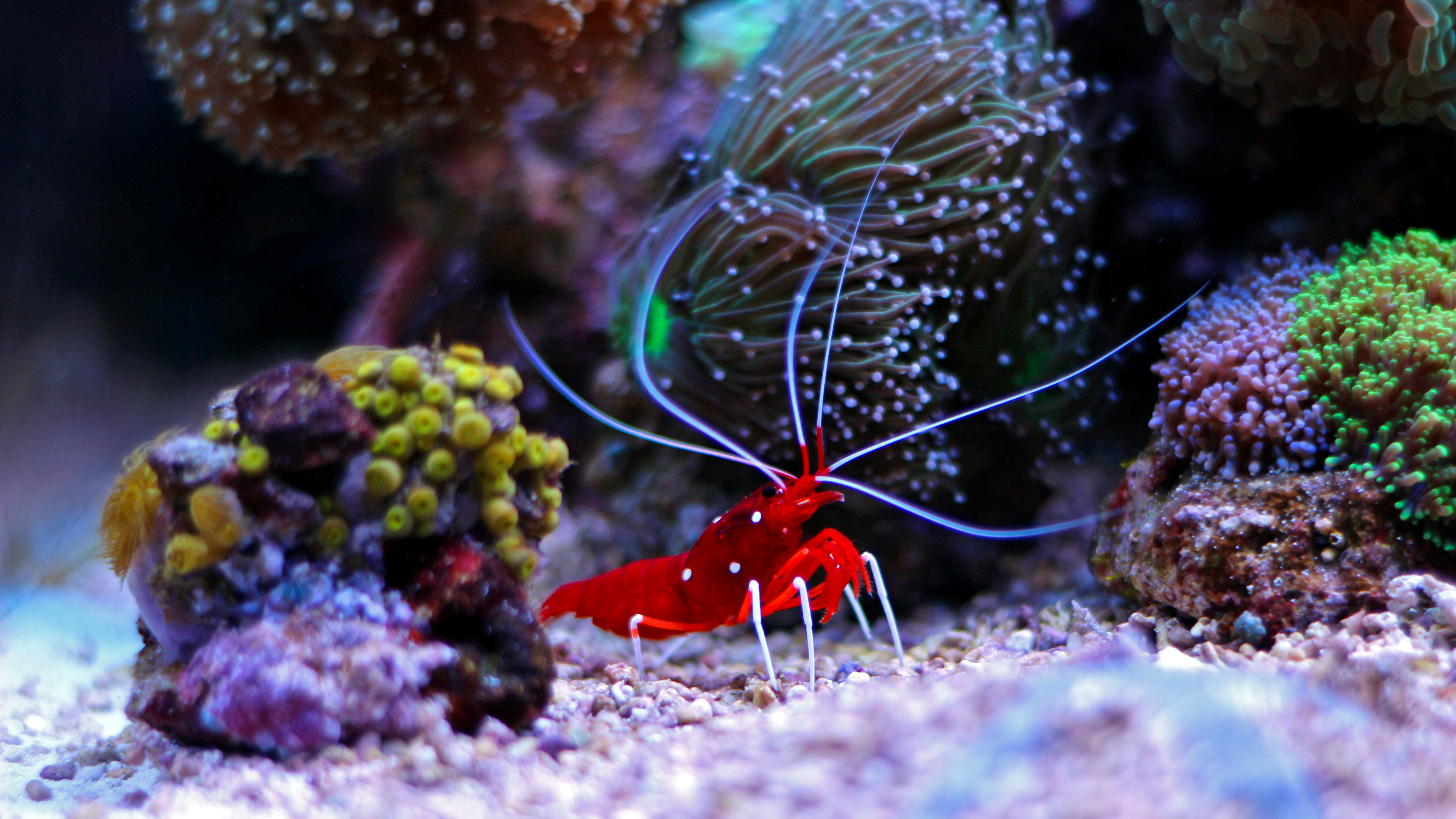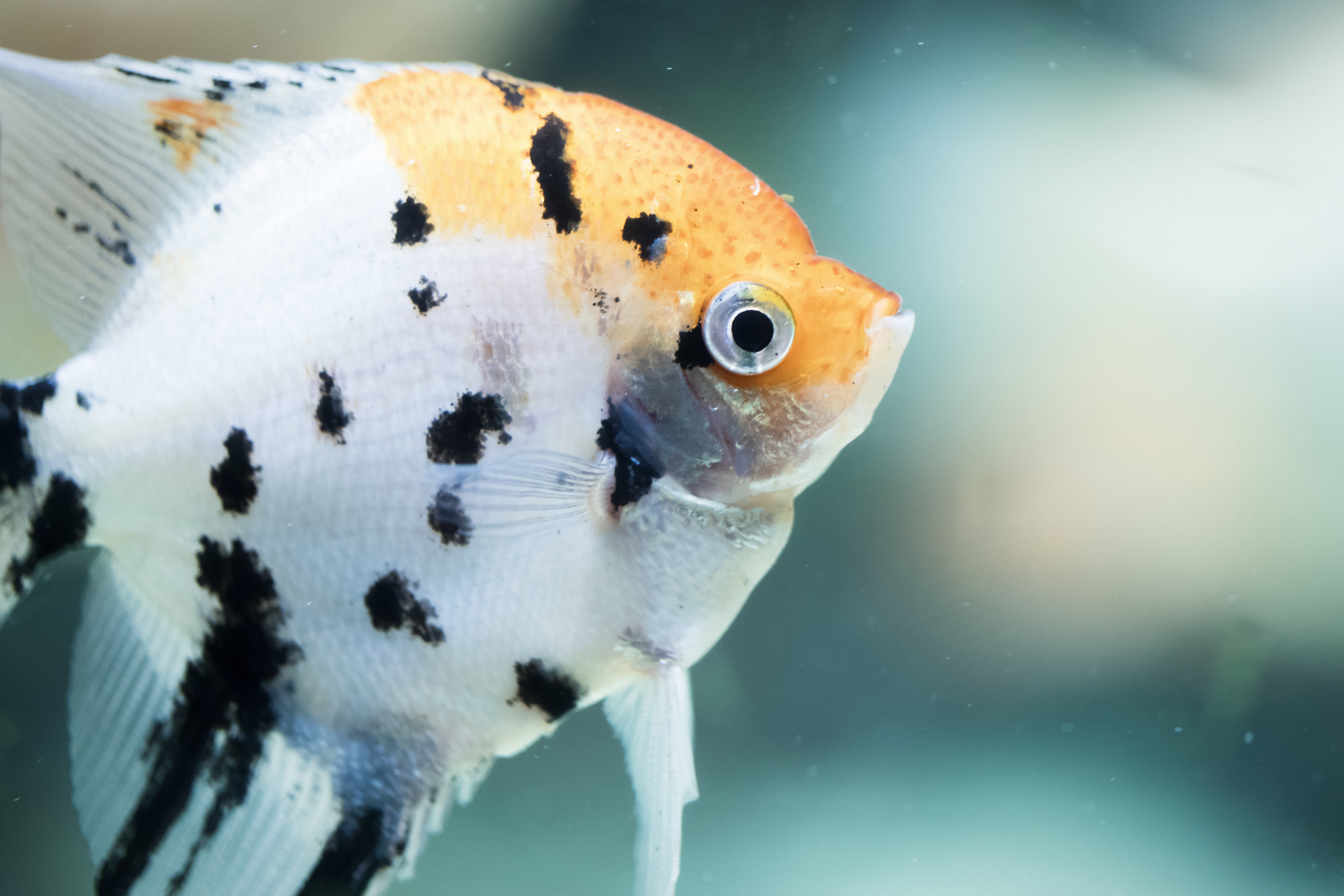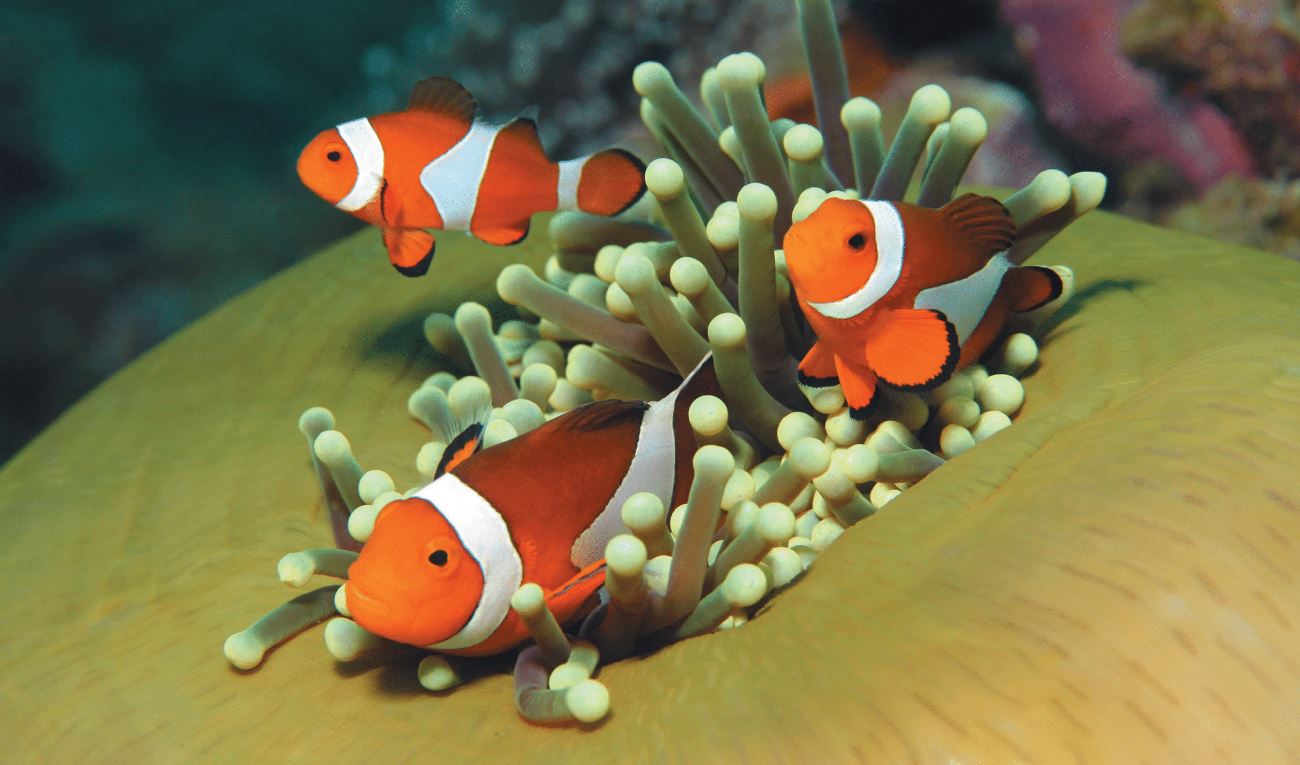Going for Gold
Joe Olenik //March 31, 2015//
 Goldfish are beautiful, engaging fish that have loads of personality and character. In their most basic form, comet goldfish are ideal choices for children and beginning hobbyists because they are hardy—and they can be trained to eat from your hand. More unusual varieties like orandas, ryukins, lionheads and telescopes, with their exotic body shapes, fin and scale types, hood growth and extended eyes, are highly sought after by serious fish keepers and can add significantly to your store’s aquatic sales.
Goldfish are beautiful, engaging fish that have loads of personality and character. In their most basic form, comet goldfish are ideal choices for children and beginning hobbyists because they are hardy—and they can be trained to eat from your hand. More unusual varieties like orandas, ryukins, lionheads and telescopes, with their exotic body shapes, fin and scale types, hood growth and extended eyes, are highly sought after by serious fish keepers and can add significantly to your store’s aquatic sales.
The Goldfish Aquarium
Choosing the right aquarium setup is crucial to hobbyists’ success with goldfish. Boxed aquarium kits like those available from Marineland and Aqueon can be sold for goldfish but buyers should be advised to stock them sparingly. Stores can put together their own goldfish-specific kits using wider aquariums and up-sized filters.
“Goldfish are high waste producers and oxygen consumers, thus [they] are better housed in an aquarium with space to grow and good filtration,” said Patrick Donston of Absolutely Fish in Clifton, N.J. Donston’s staff recommends aquariums of no less than 20 gallons.
“Filters should be one size over the manufacturer’s recommendations per gallons/aquarium size for tropical fish,” said Donston.
People love bubbles in their aquariums and aerators add aesthetic appeal as well as maintaining high oxygen content. Make sure you stock and recommend bubble wands, air diffusers and air pumps like Tetra’s Whisper line for goldfish aquariums. Circulation pumps like Cobalt Aquatics’ Nano-Flow Prop Pump or Marineland’s Maxi-Jet powerheads are another effective way of providing plenty of oxygen in the goldfish aquarium.
Using themes to decorate goldfish tanks is fun for hobbyists and can add significantly to your bottom line. Place pagodas, zen mountains and oriental bridges in your goldfish tanks to stimulate sales and keep a good selection of these items in stock.
Don’t forget that parents often buy goldfish for kids. Brightly colored plastic plants or a ceramic ornament POP display at your cash register can do wonders for impulse purchases. Kids also love decorations modeled after their favorite cartoon and movie characters, such as the SpongeBob line from Penn-Plax.
Customers often ask about live plants for goldfish tanks. Because goldfish are highly herbivorous, soft plants like hornwort and elodea make a great supplemental food source; however, they can be messy once the fish start munching on them. Tough-leaved plants like anubias are more likely to survive the constant nibbling of larger goldfish and are easy to grow.
Goldfish Diets
A proper diet is essential to keeping goldfish healthy. According to Les Wilson of Cobalt Aquatics, the proper source of protein, vitamins and other ingredients is key to maintaining peak color and a healthy immune system in goldfish.
Make sure you stock and recommend foods designed specifically for goldfish. Cobalt offers Premium Sinking Goldfish Pellets as well as Goldfish Flake Premium Fish Food, both with probiotics added to keep hobbyists’ fish in top shape. Aquarists should be instructed to feed sinking foods over those that float because goldfish can gulp air while feeding at the surface, causing them to swim upside down.
Stocking and Selling
When catching ornamental goldfish, don’t use a net. They are abrasive and can damage eyes and hood growth and can snare dorsal fin rays.
“We do not net any fancy goldfish,” said Donston. “We container them out or use our bare hands when catching them to sell.”
During warm weather, pack goldfish loosely in larger bags filled with one-third water and two-thirds air. Many stores use compressed oxygen to pack out goldfish and koi, especially in summer.
Dedicating sales tanks to ornamental goldfish, adding a complete line of foods and goldfish-specific products and educating your staff in how to sell them will separate your store from the others and make it a destination stop.






